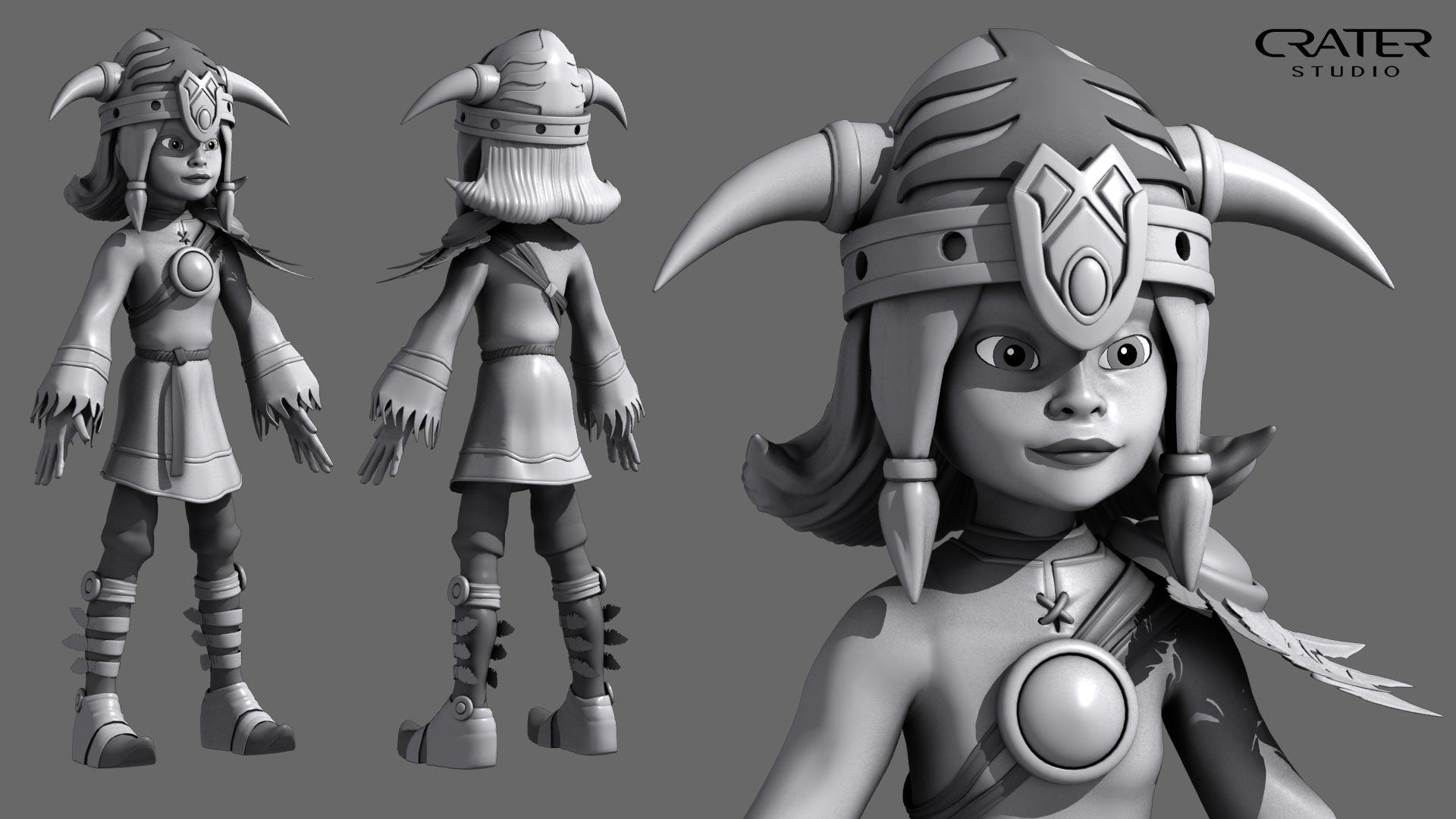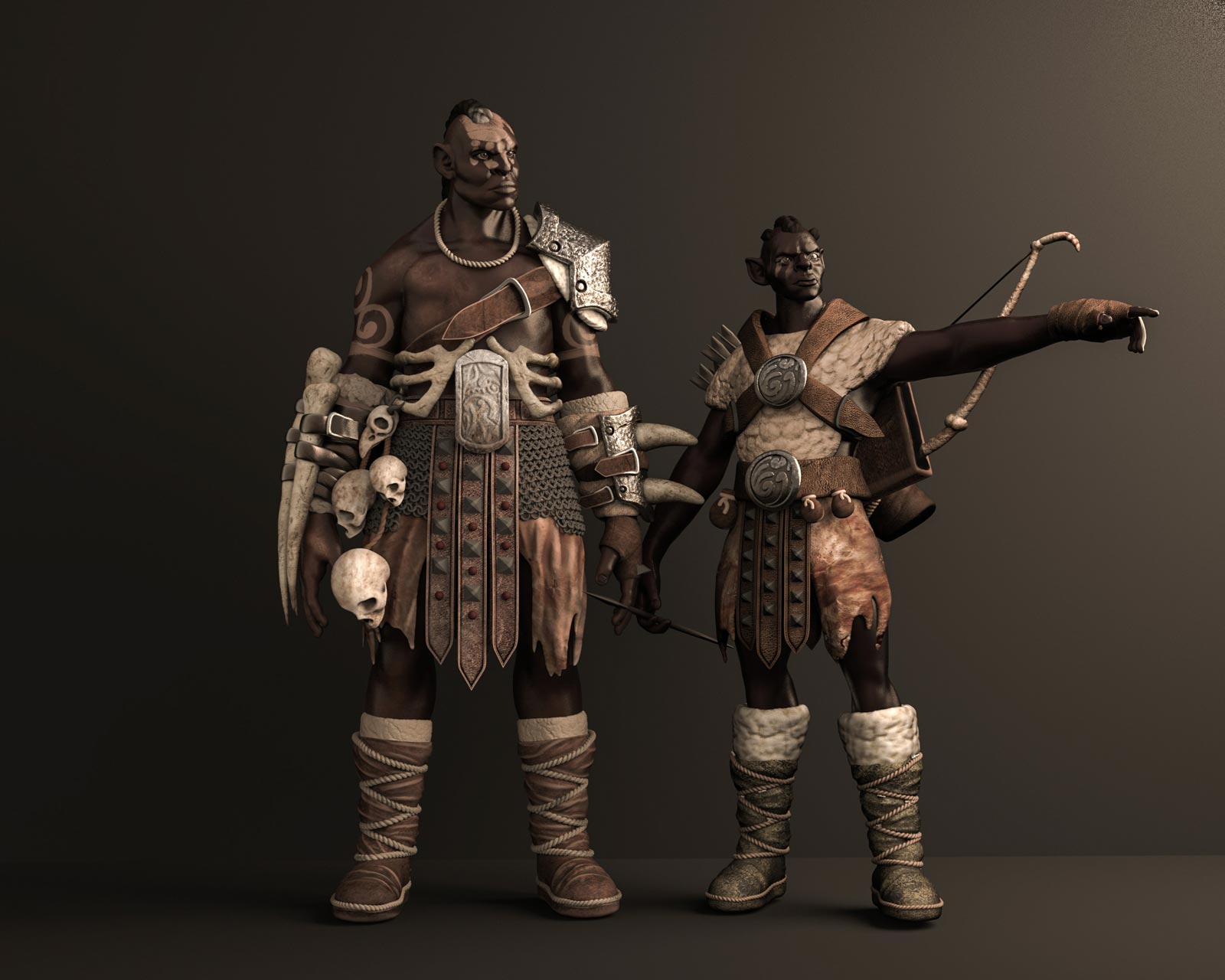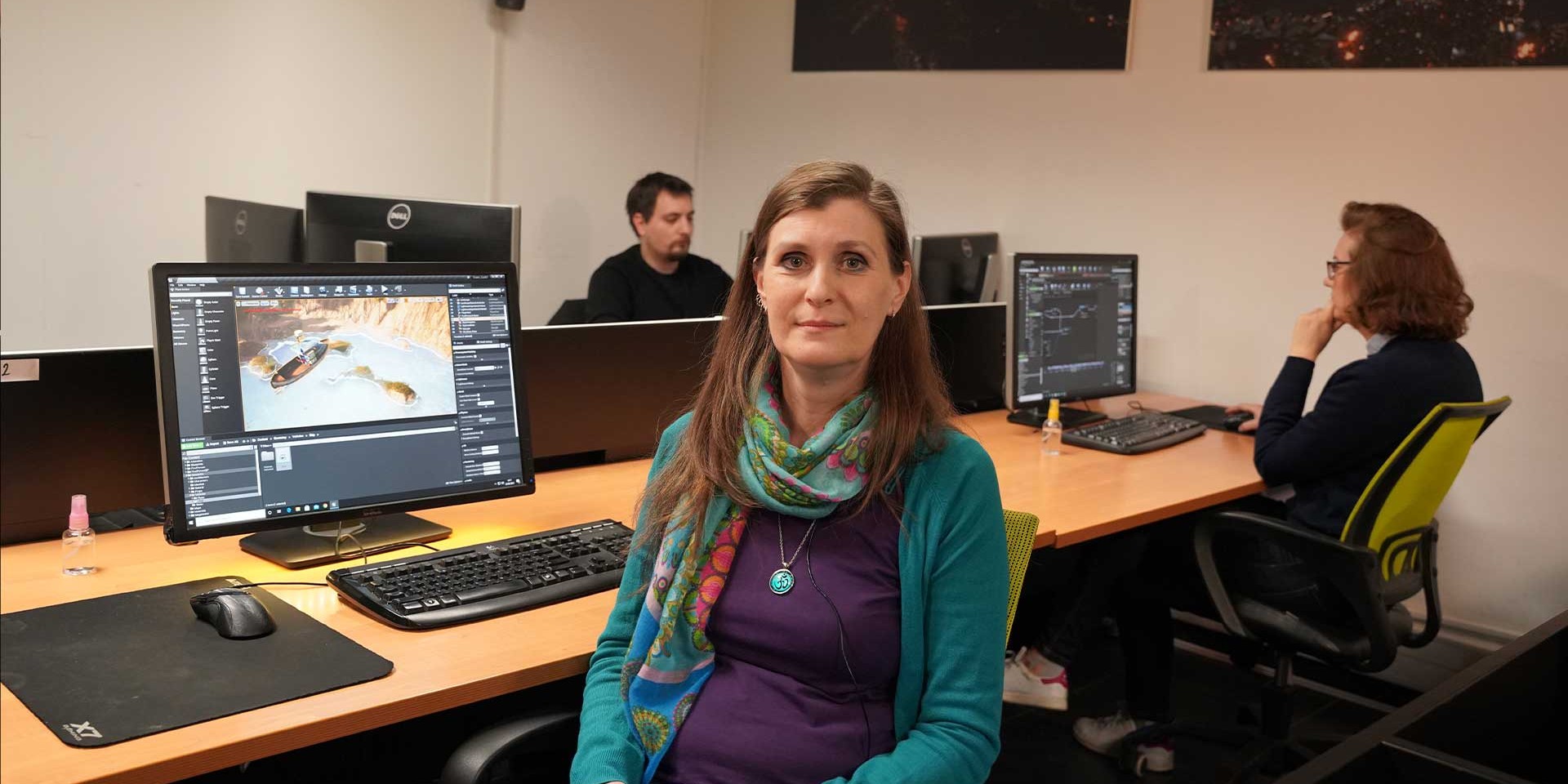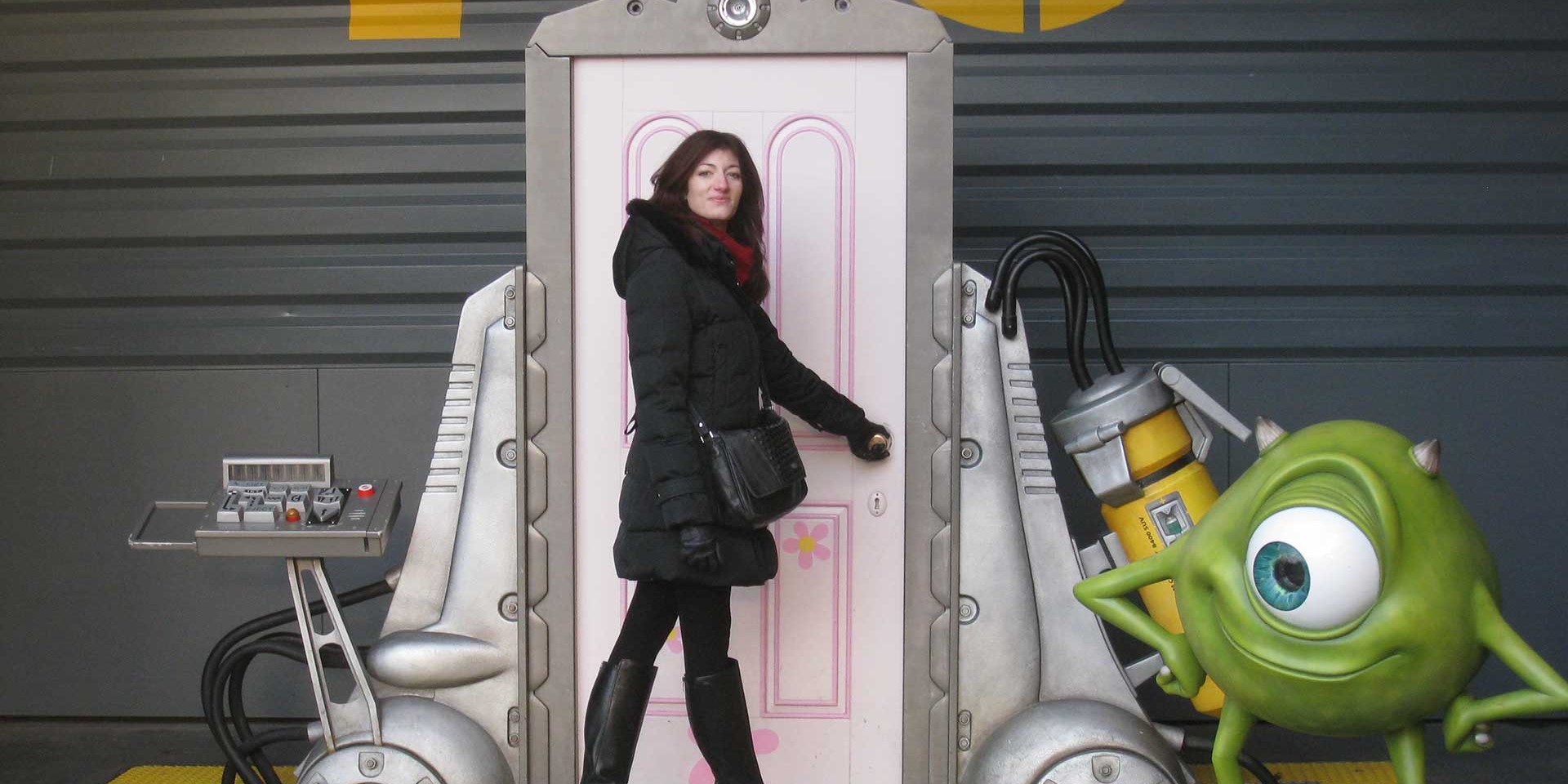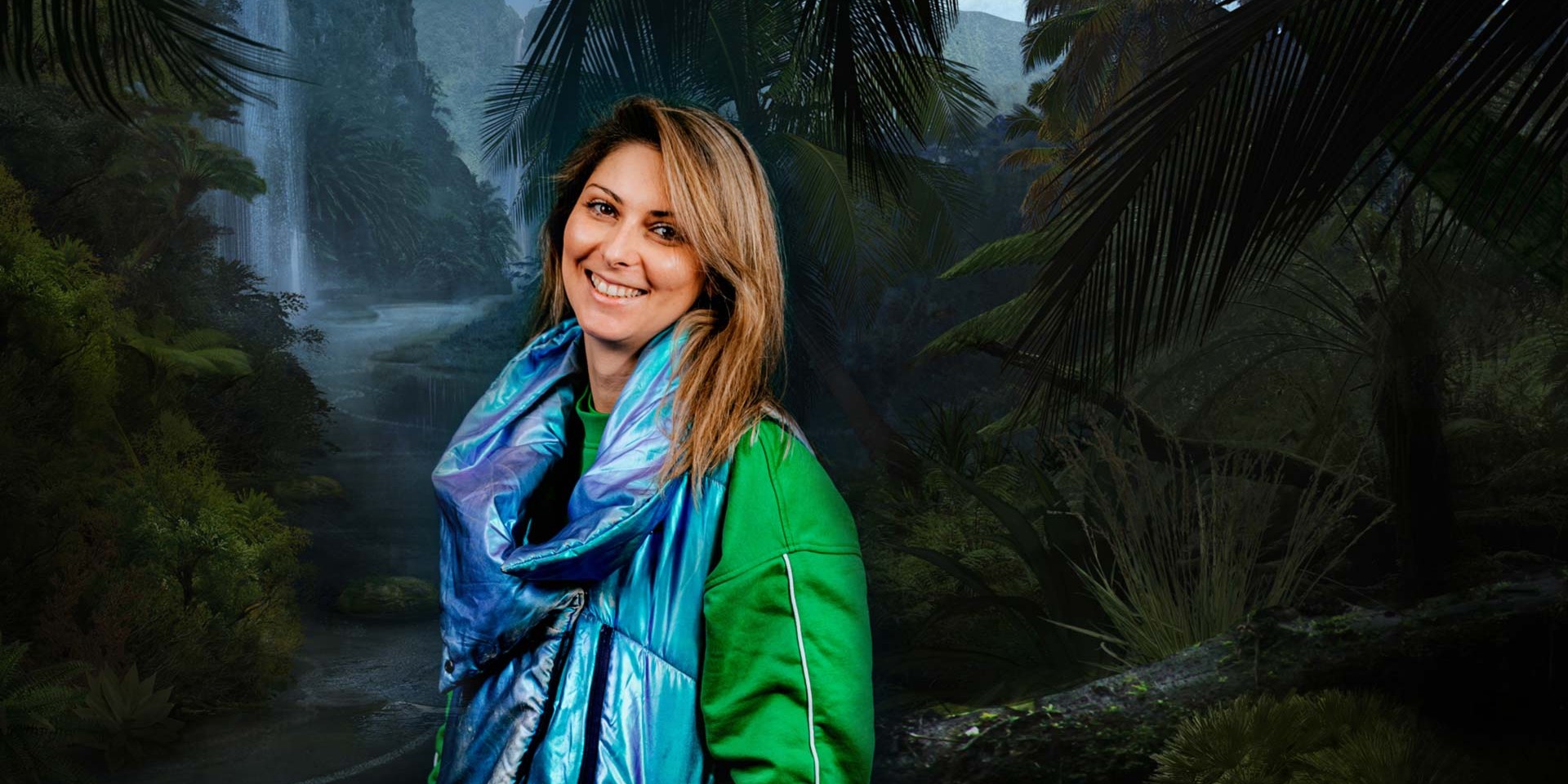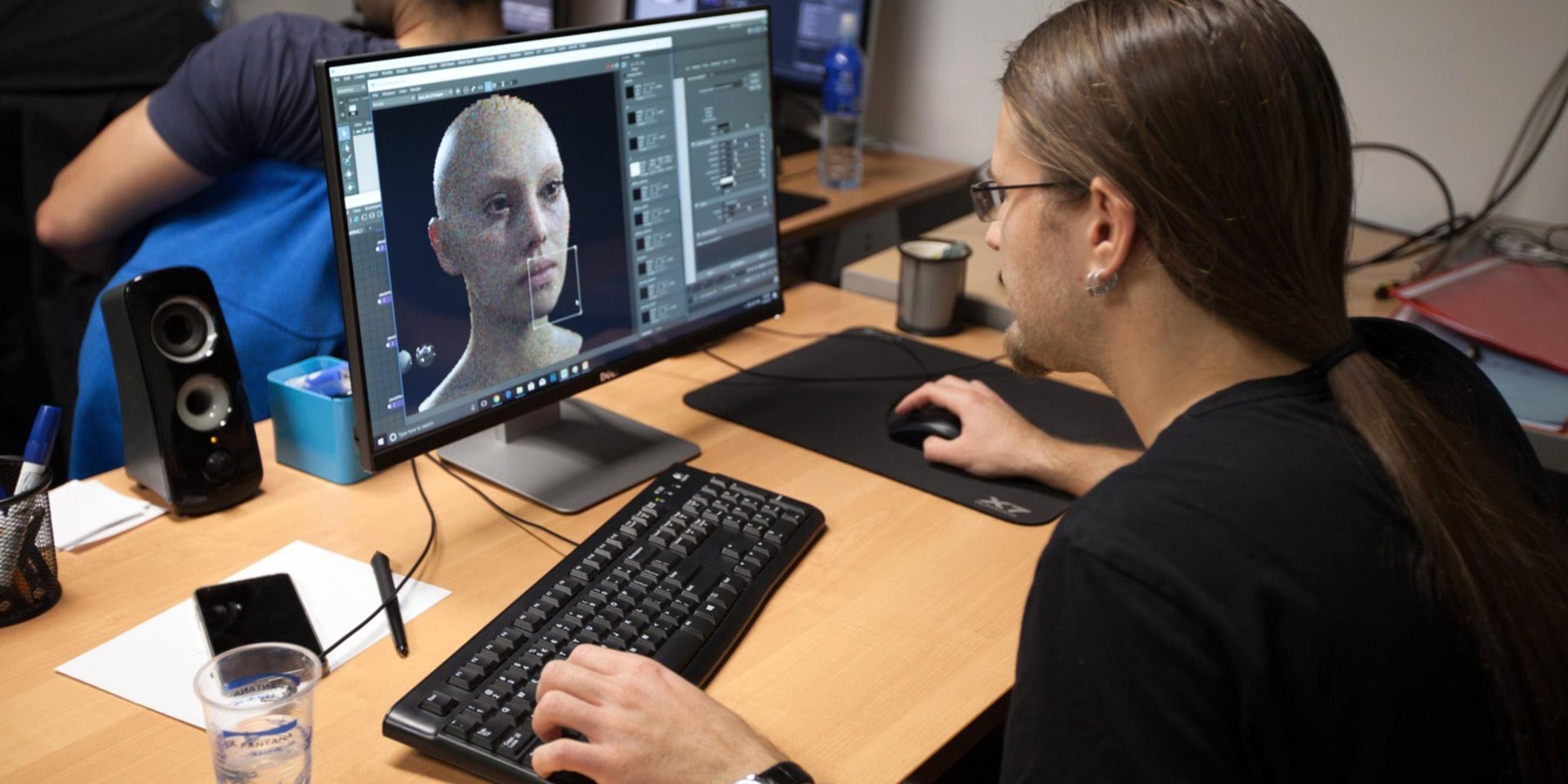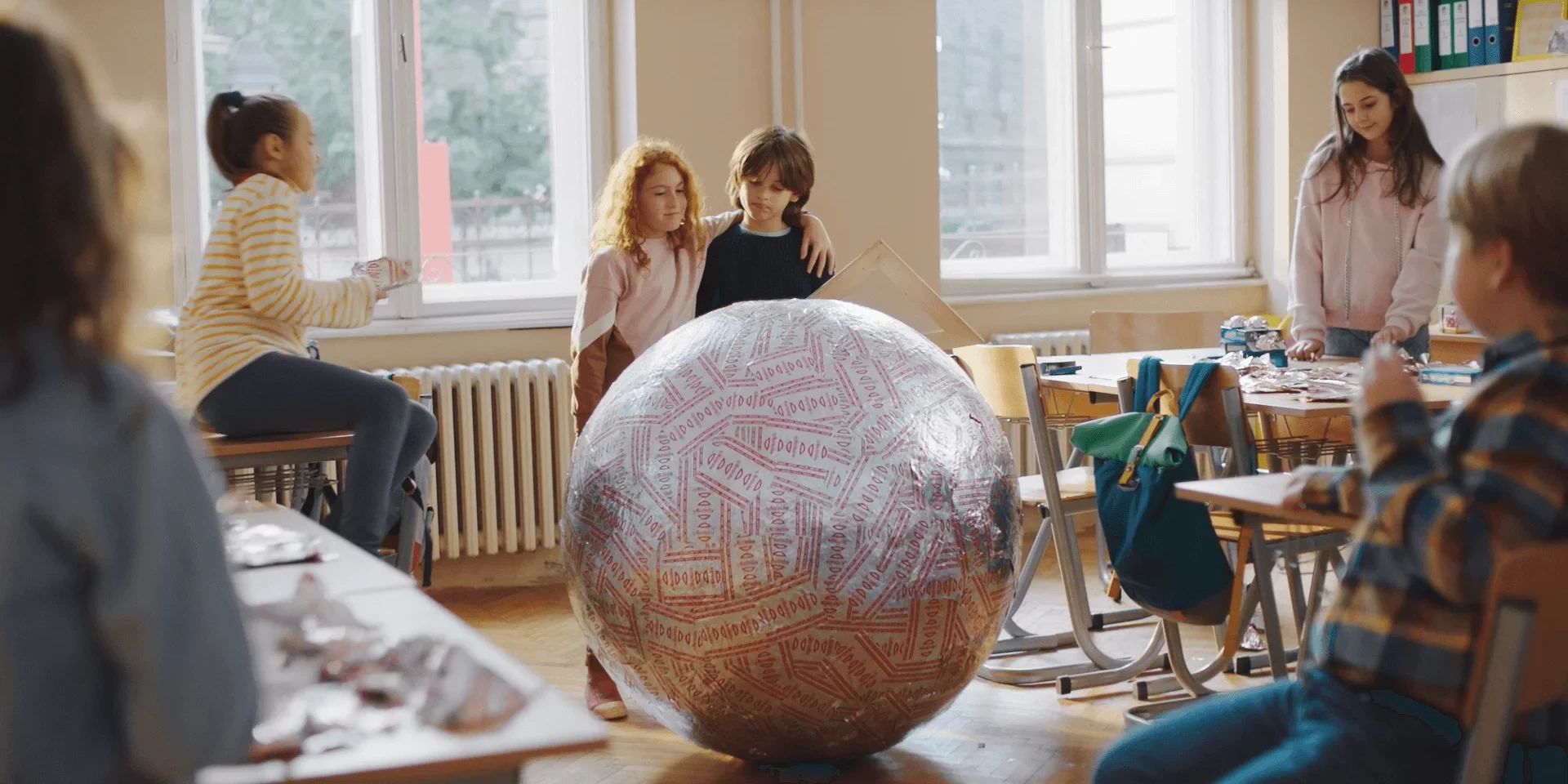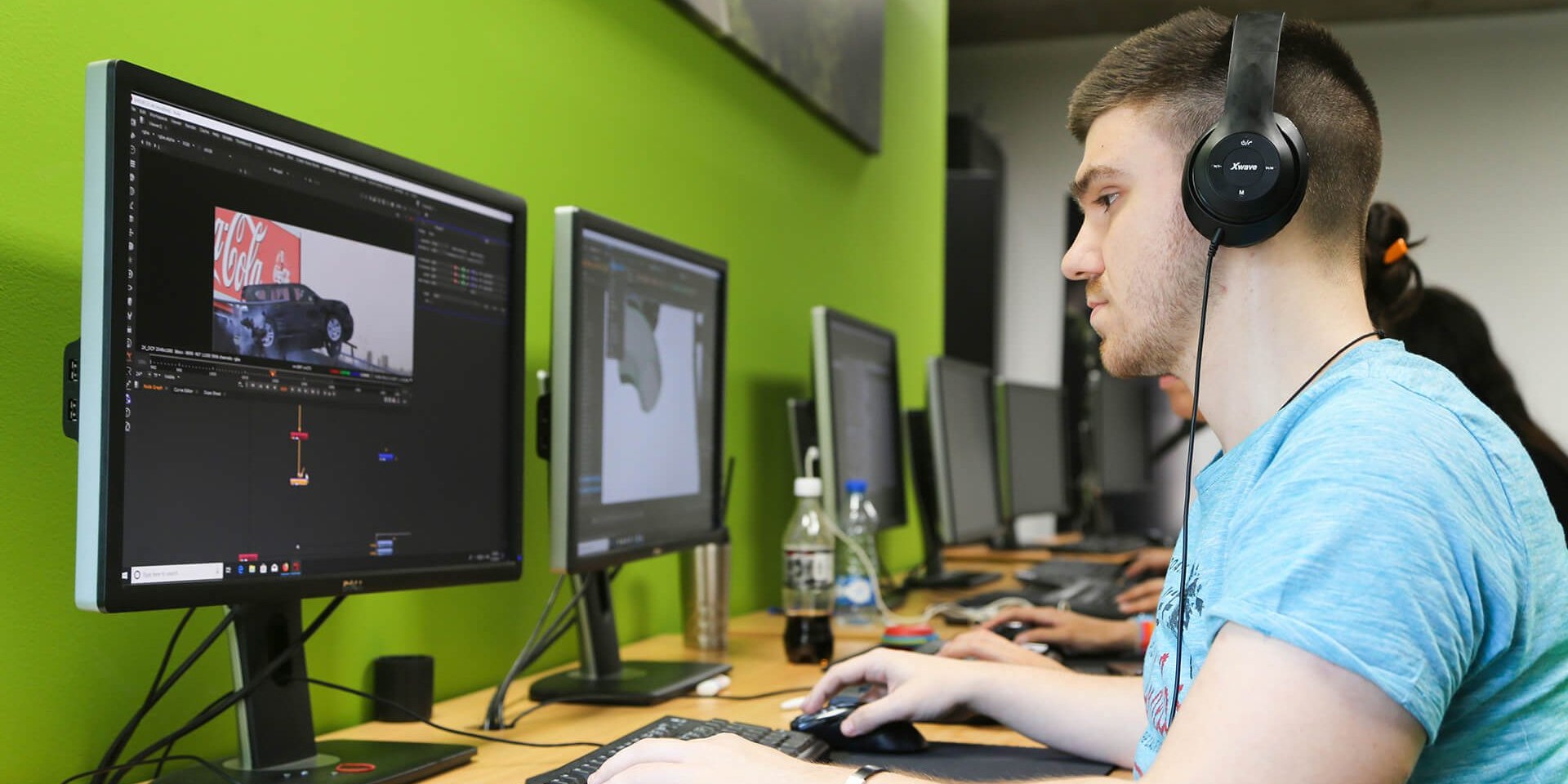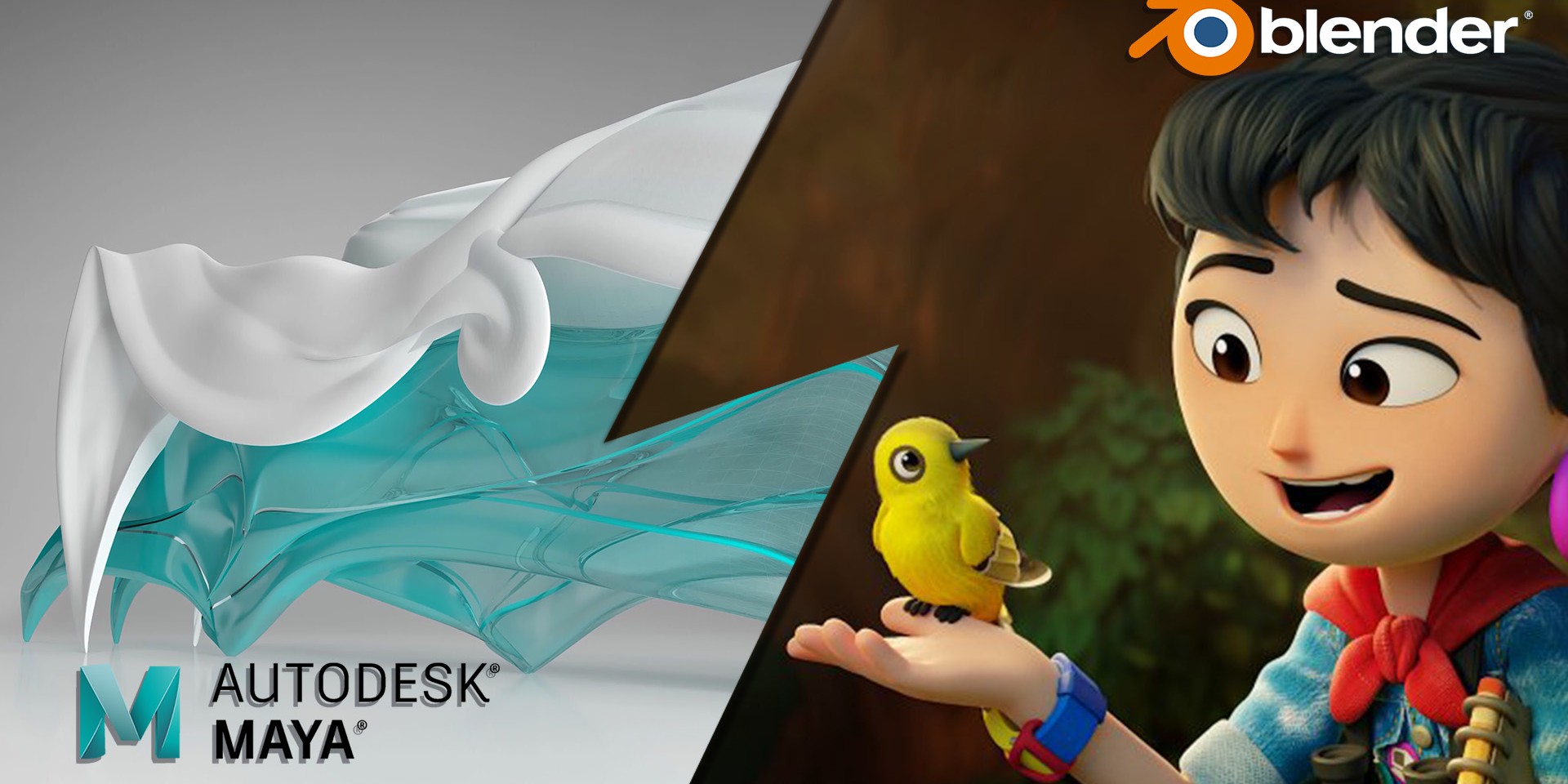Organic Modeling: One of the Fastest Growing Occupations in Creative Industries
Organic modeling is a form of digital art that allows you to create and shape any three-dimensional character imaginable. In addition to letting your imagination run wild, the profession is also super-popular at the moment, with many leading creative companies looking after new artists.
The effect of organic modeling is massive. Most of us are not even aware that this art form is shaping our professional and everyday life. Nowadays, three-dimensional characters are on the front lines of the entertainment industry (i.e., in film, animation, and video games). But they also play a significant role in medicine and the processing industry. According to experts in the field, 3D modeling has led to the emergence of virtual cinematography in which the (simulated) camera movement isn’t limited by the laws of physics. In short, there is no need for a real, physical camera since everything is produced by manipulating a virtual camera in the 3D space.
As for television series, according to the Concept Art Empire, the production of Game of Thrones, for instance, made the most of 3D modeling. Together with the animation team, they designed everything for the model of each episode before shooting. Once a ground-breaking movie, Avatar is also famous for its outstanding 3D models. Dinosaurs in Jurassic Park movies, Dragons from Westeros, King Kong, and many other 3D characters were also modeled from scratch.
Today, 3D organic modeling attracts more and more creative people like artists, architects, sculptors. Although talent is crucial to mastering the skills needed for successful 3D modeling, working on a project also requires perseverance, and it takes a lot of time to get good results. To advance in your career as a 3D modeler, you need an impressive portfolio, and to get one, you need at least two to three years of experience.
To become competitive in the market, besides extensive experience, one needs to master advanced software. Yet, with the right tools and lecturers capable of delivering the knowledge that is both extensive and useful, it might not be that difficult.
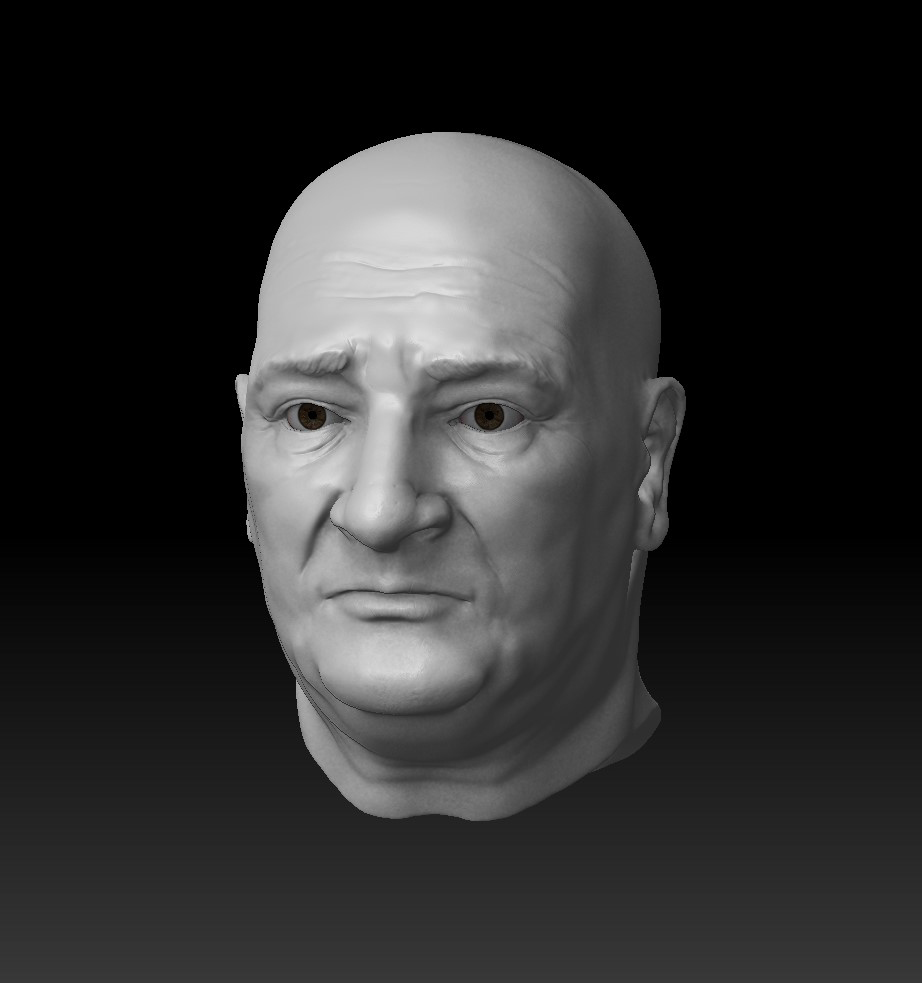
The Basic Principles of 3D Organic Modeling
Organic modeling is part of the broader concept of 3D modeling. The difference is that 3D modeling refers to creating any three-dimensional shapes, while organic modeling refers to creating living beings in the virtual environment. However, the boundary between hard surface and organic modeling is not simple to define, so give us a moment to explain both areas.
At first glance, hard surface modeling may seem less complex than organic modeling, but in practice that usually isn’t the case. Many non-organic models contain numerous levels of detail and are of higher technical difficulty. This branch of modeling is present in architecture, engineering product design, and the automotive industry, but is also regularly found in the entertainment industry – like the film and video game industry.
Objects that are considered hard surface require the same level of attention to details as organic models. The simplest example would be the drepary’s crevasses and folds or the soft curves of a sofa, while the complex ones extend to the field of robotics and digital environments which, aside from the bare modeling skills, requires basic knowledge of the design as well as the mechanical structure itself of the object in question.
A statue of a human or animal still counts as an organic model, as well as plants, trees, insects, animals, humans, and alien creatures. However, depending on the model origin, any model with folds and creases could be defined as an organic model (to name a few: lava fields, felled trees, carved surfaces, architectural decorations, etc.). This is why the line between hard surfaces and organic modeling is so thin.
Some 3D artists specialize in cars, others work with human figures, and some enjoy creating architectural objects. Strictly defining the difference between organic and non-organic models helps clients clarify which model they find most suitable. For instance, if someone needs product visualization, they need to find a modeler who works with a hard surface. But if they are looking for somebody to model an animal for a video game, they are seeking an organic modeler.
For artists trying to find their place in the digital market, we have a bit of simple advice: Make sure to state in your portfolio your strengths and what type of 3D modeling you have the most experience with.
Anatomy of Polygons
Organic modeling requires an understanding of real-life anatomy and topology because, in this line of work, you are modeling living beings. These are usually humans and animals, and often imaginary creatures. More than often you will be modeling from scratch, so an understanding of anatomy is required
It’s easy to think that the muscular or bone system is irrelevant since it’s not technically visible, but it is this lack of anatomy knowledge that leads to having parts of the model “float” across the surface. This is a common rookie mistake which, on your own, becomes very difficult to define better than just “something is just off”. This is most effectively corrected by experts’ guidance and advice.
Every 3D model is constructed out of a certain number of polygons, and each of these polygons is defined by vertices and edges. All polygons combined and their flow is called geometry, or to be more precise, topology flow. Adding, subtracting, and manipulating the existing polygons we shape this geometry as we desire. The higher the polygon count, the higher the model complexity, that is, the model can have higher levels of detail. The poly count varies depending on the models’ purpose.
If a model is intended to be used in a film, the number of polygons will be significantly higher than it would have been if it was modeled for a video game. Keeping in mind that working with more complex models requires more processing power, it is understandable why video game models have a lower poly count. The calculations that a computer has to make are done in real-time, that is, they are calculated each second that the player is playing, whereas in movies they only need to be done once. Aside from this, whether or not a character is static or dynamic presents another crucial factor that affects the modeling process. If a model is to be animated, the structure itself and the flow of the topology has to be created in a specific way with the focus of attention being on the movable parts. This is a skill that a modeler learns best through experience and repetition; every model is unique and the number of solutions varies.
Armed with the knowledge of anatomy and guided by the models’ purpose, the next step is choosing the working environment for its creation. Even though organic models can be created in a standard 3D software package like Maya, 3ds Max, or Blender, using software for digital sculpting is highly recommended, inevitable even. Regardless of whether a model is for a video game or film, efficiency, detailing and flexibility provided by sculpting software is irreplaceable. The term sculpting refers to the deformation of the digital clay with the usage of brushes. A high variety of brushes give faster and more detailed results than standard modeling techniques. Combining this with the usage of a pen pressure-sensitive tablet further increases the artist’s immersion into his artwork.
It is difficult to talk about software for digital sculpting and not mention the long-lived industry-standard ZBrush, developed by Pixologic. With its unprecedented algorithm for handling high poly models, ZBrush is ruthlessly criticized by its interface, by beginners as well as industry professionals. Even if it’s mostly used for organic modeling, Pixologic has worked tirelessly to develop tools for non-organic modeling, as well as cloth simulation. Unlike with the standard 3D software packages, where numerous competition was always present. ZBrush always held the title of an industry standard which was only recently shaken up by a 3D software called Blender.
To sum it up: Knowledge of Zbrush and understanding of human or animal anatomy are the basics of organic modeling. The advanced skills in character modeling are acquired by time and practice.
Kick-off Your Career in Organic Modeling Today
Organic modeling provides amazing opportunities to achieve photorealistic and hyperrealistic results. Such models are ready-made for film, video games, or animation. Skilled artists can move from the video game industry to the film industry and back, never mind the various technical limitations.
Leading corporations such as Facebook, Google, Amazon, and Netflix spend billions of dollars annually developing VR technologies and creating content that supports 3D graphics. This is why many occupations in these areas are currently in high demand. Creating organic models is ever-present, and if you wish to master your skills in this area, hurry up until the profession gets competitive.
Organic modeling courses in Crater Training Center are intended for beginners, as well as experienced digital artists. Read more about the curriculums and other details of two-level courses in Organic Modeling here:
Organic Modeling I – ZBrush (beginner level)
Organic Modeling and Texturing II (advanced level)
Author: Bosiljka Đikanović, Expert Editor: Lorena Ignjatović Ivanović

